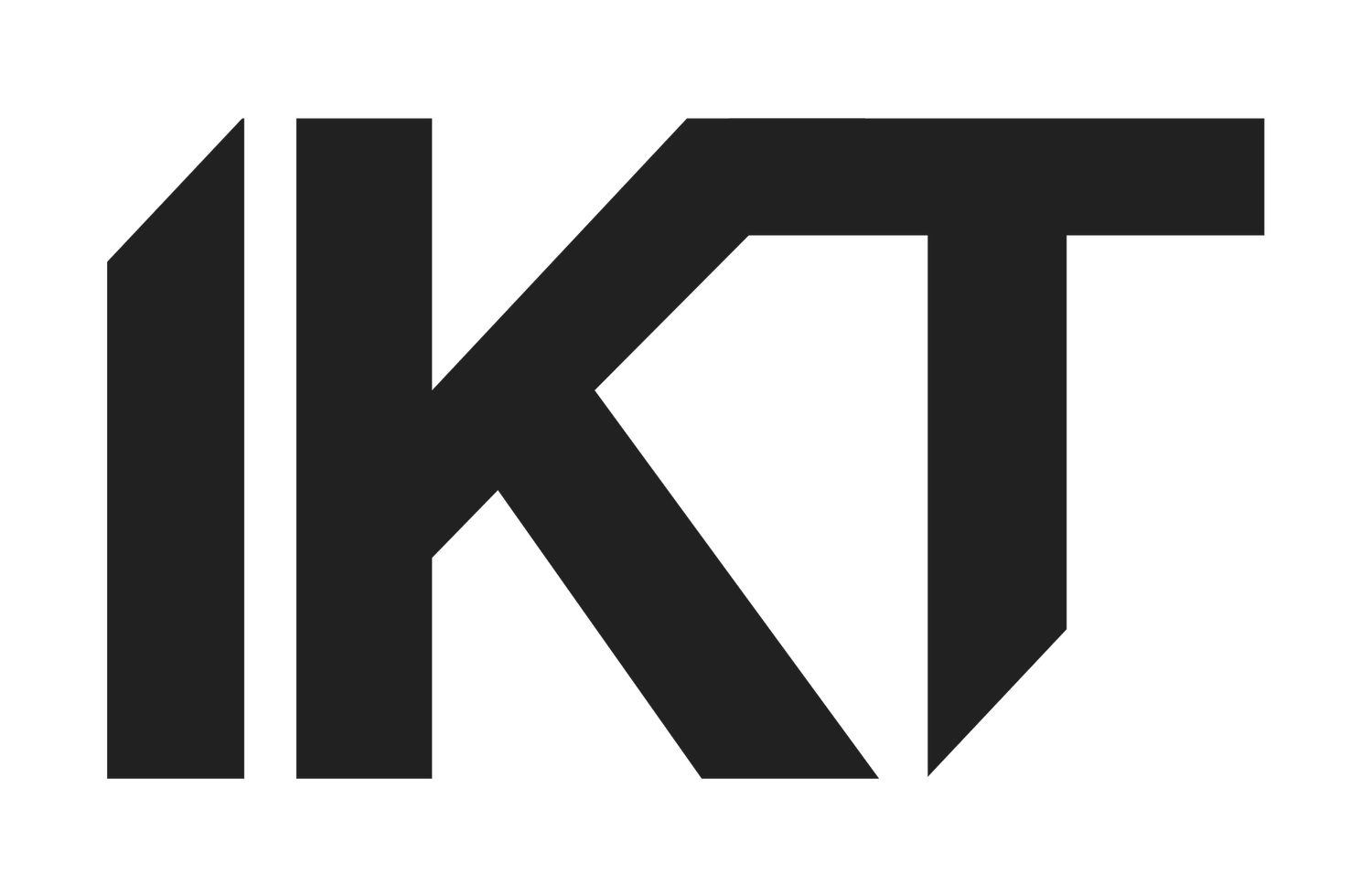Spotlight with Sabine Schaschl
Sabine Schaschl, Director, Museum Haus Konstruktiv, Zurich, Switzerland. Photo: Urs Jauda.
Could you tell us a little more about your background and how you got into curating?
I was born in Austria and was the first in my family to take an interest in art. While studying art history at the University of Vienna, I was able to gain my first curatorial experience at the Museum of Modern Art in Vienna, where I assisted the then director Lóránd Hegyi with activities relating to international exhibition projects. While still in Vienna, I co-founded the art association FACIT, with which we realised various exhibition projects at selected public and private venues in the city of Vienna.
Who/what has influenced your curatorial practice?
With this aforementioned basic experience in museum work on the one hand and freelance curatorial work on the other, my love of curating in all its breadth really crystallised. My first job as director of an exhibition venue initially took me to Switzerland on a temporary basis, where I managed the so-called ‘Shed in the Eisenwerk’. From this position, I was headhunted by Kunsthaus Baselland, an art venue that needed to be introduced to the international art scene, so I moved to Basel. After twelve very successful years, during which I received numerous awards and prizes for my work, I then took over Museum Haus Konstruktiv in 2013. This Zurich museum, dedicated to constructivist-concrete and conceptual art, has since been the focus of my work. With each year of programming, and with all the questions that have arisen from the individual exhibition projects, my curatorial practice has constantly evolved. The curatorial work itself and all the artists I have worked with have been the greatest influence. I consider myself lucky to be able to work with a very good team, with whom I reassess and adapt to the challenges of curatorial work for each individual project.
The role of the curator is continuously changing. Could you describe what it means to be a curator today?
Curating today encompasses a wide range of activities. The most important is still the substantive examination of the artwork and artistic practice. Only when there is a fundamental understanding of the work in question, can the actual curatorial work begin, which sometimes quite simply consists of finding enough funding to realise an exhibition or the right technical assistance on site. In these (usually solo) exhibitions, the choice of artistic position, the understanding thereof, and the trust placed in the artist and their work, constitute the key to curating.
In thematic exhibitions, the focus lies on the selection of works, whereby it is essential not to impose the respective theme on a selected position, but to choose the artwork because the thematic content justifies it and because the contextual framework meets with the approval of the respective artist.
As a curator, you are simultaneously a social mediator in all directions: with regard to visitors, journalists, supporters and collectors, as well as politicians, the art world and society in general. This mediating role is becoming ever more demanding with the increasing social challenges and requirements that today’s heightened political awareness brings. As a curator, I would like to help create mutual understanding, and to facilitate the exploration of new social needs and impulses, because in many ways, art offers a means of finding a language with which to do so.
What’s next for you? What are your upcoming projects?
The next major development for Museum Haus Konstruktiv is its relocation. After 25 years, the institution is moving from its current premises, in a former power station from the 1920s, to the Löwenbräu site, a former brewery in the heart of Zurich. There, Museum Haus Konstruktiv will find itself in a new neighbourhood, together with other museums and institutions. This change of location is an interesting challenge that raises questions, such as how our audience will react to the relocation, how the new surroundings will affect perception of the museum and many others. For this reason, the final exhibition at our current location will take the museum’s specific situation as its central theme. ‘Concepts of the All-Over’, the title of this last show, is on the one hand an allusion to the change of location (our time in the former power station is all over) but on the other hand also refers to artistic concepts that pursue an all-over method. One of the main works in our collection, the ‘Rockefeller Dining Room’ from 1963/64 by Swiss artist Fritz Glarner, which is permanently on display, provided the inspiration for this and underlines how structures, systems and patterns in concrete art make it possible to keep coming up with new variations and new bodies of works.
What are you reading, watching, or listening to now, that is helping you to stay relaxed and positive?
A friend recently gave me the book ‘Sturm ohne Wind’ by Etel Adnan, which contains poems, prose, essays and conversations by and with her. Since our exhibition of her work in 2015 and our meetings in her Parisian studio, her words have always given me hope and made me feel positive about the many possibilities of life.
How long have you been part of IKT and how do you feel that it has benefited your curatorial practice?
I first became an IKT member in 2004, but did interrupt my membership for some years. I have been back for a few years now and am happy to be part of this great platform.
Thank you Sabine!
Spotlight
Spotlight is a new series of short interviews, aiming to showcase the diverse expertise and innovative approaches of our IKT members. Whether you're seeking inspiration or searching for potential partners, join us on this captivating journey as we uncover the stories, ideas, and creative visions of our members.
Want to participate?
Send us a request to ikt.curatorial@gmail.com and we will send you interview questions.

